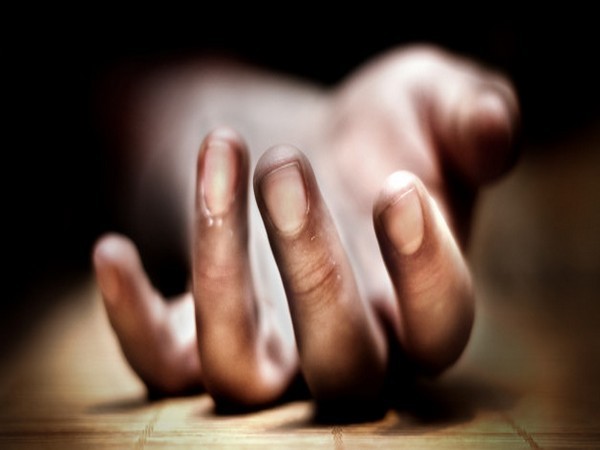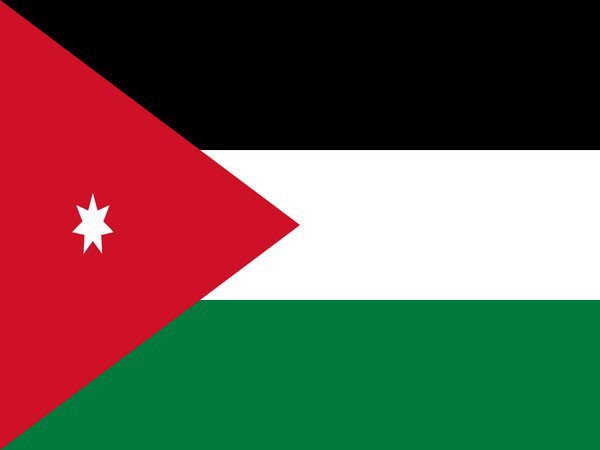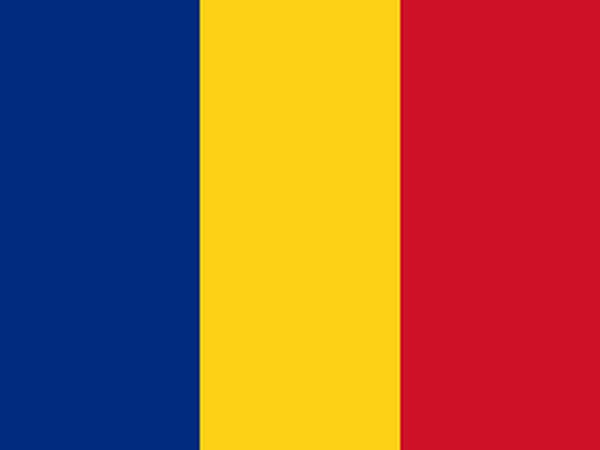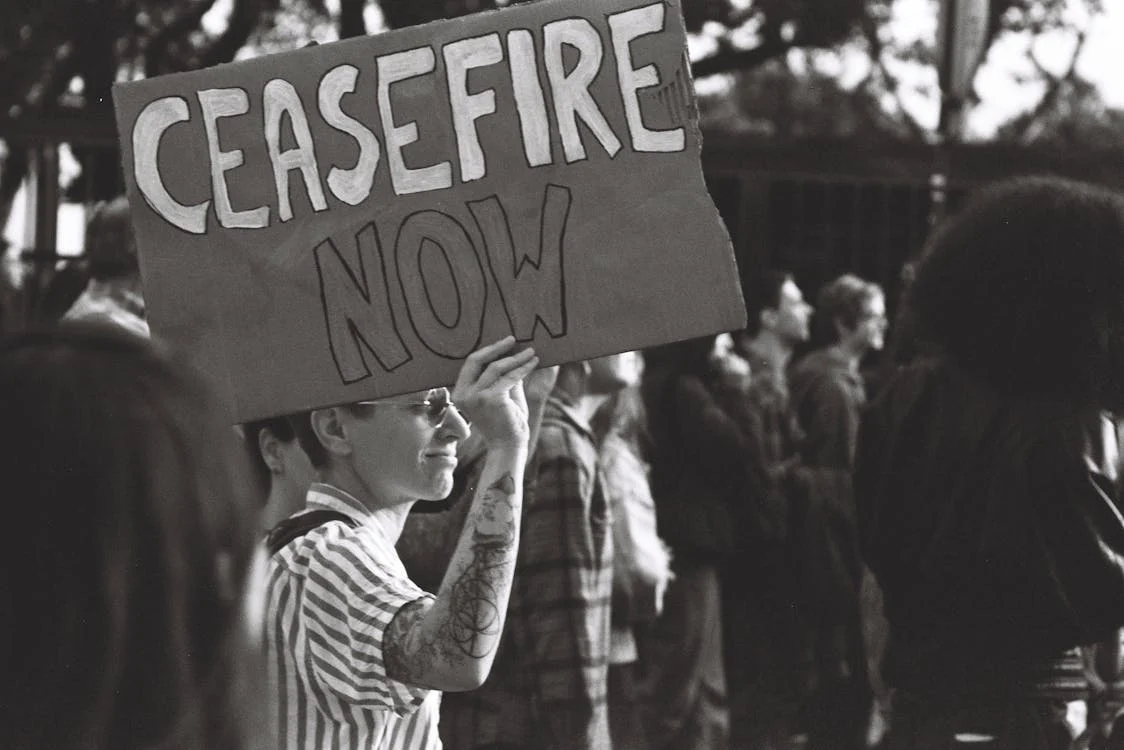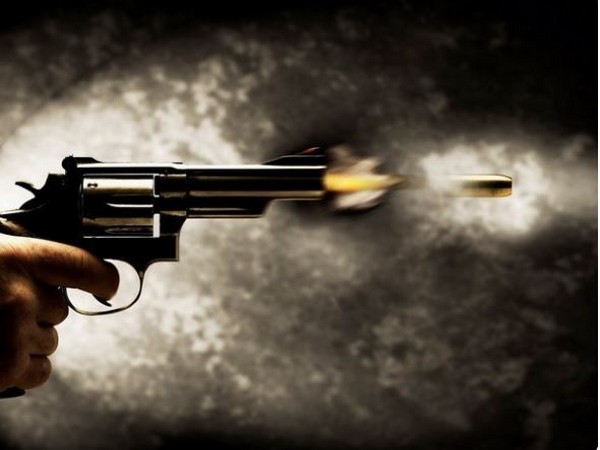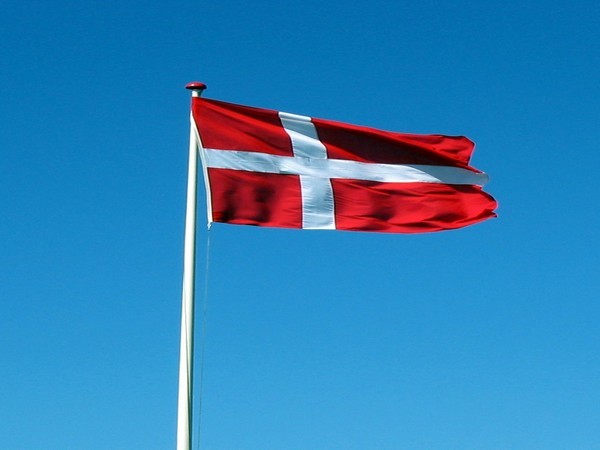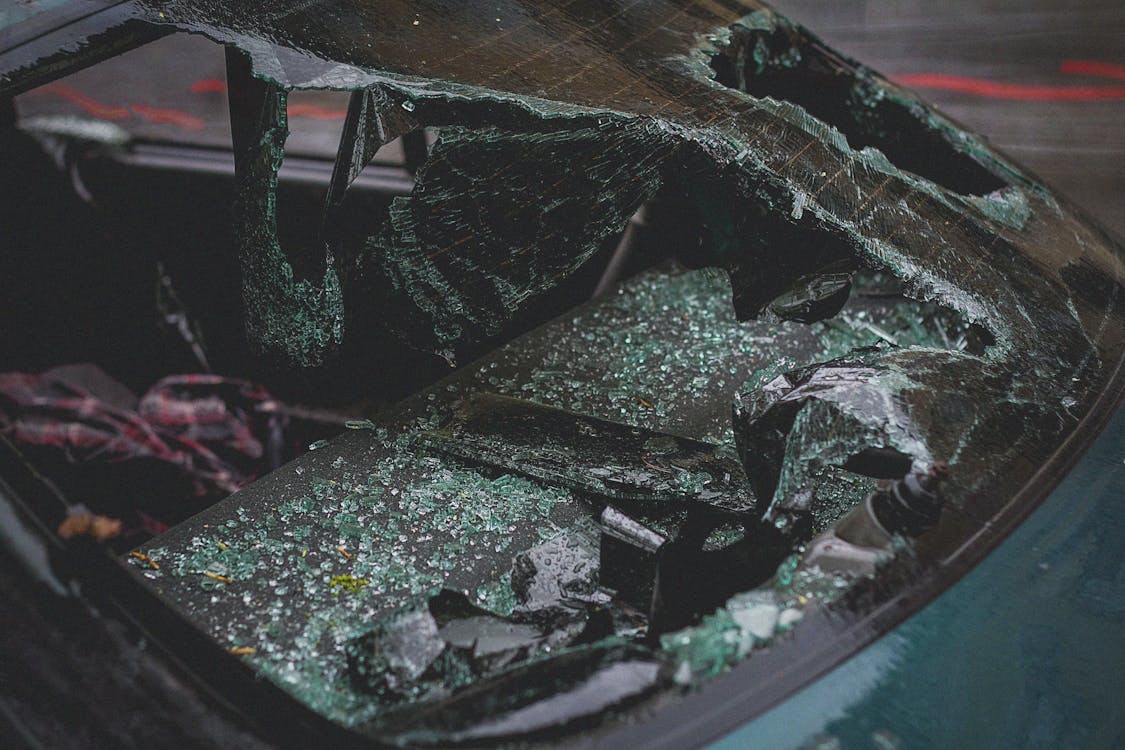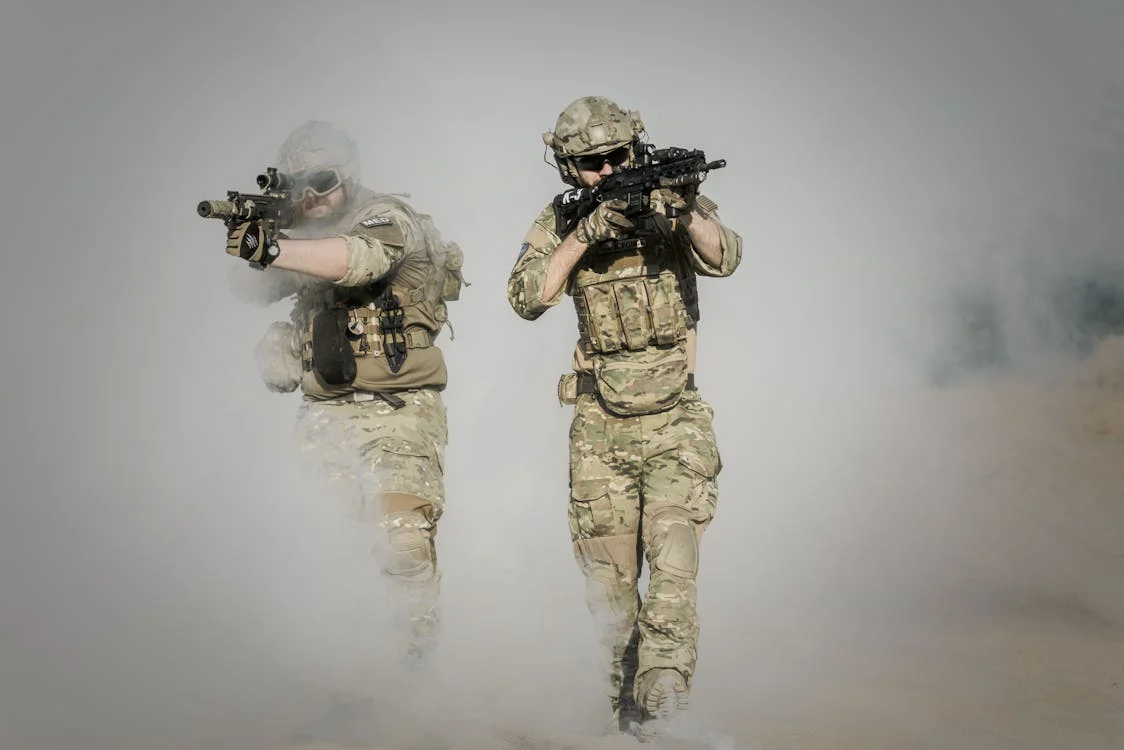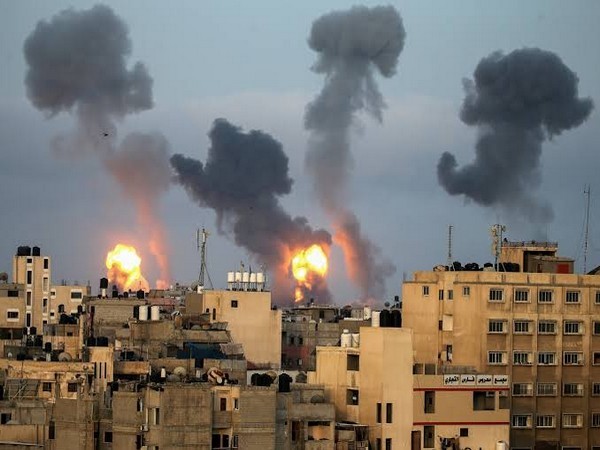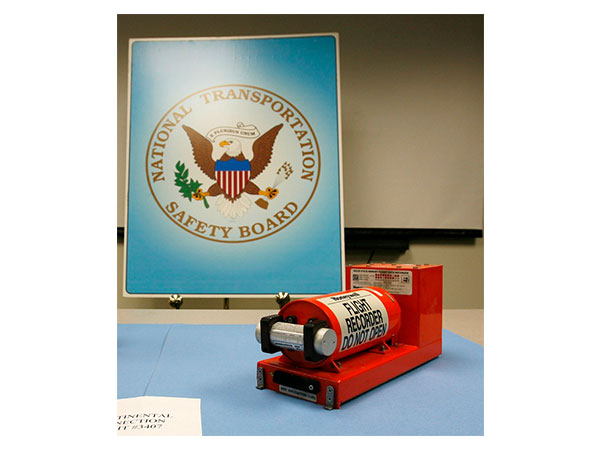
Investigators say Black Hawk crew might not have heard tower instructions before collision with passenger jet
Feb 15, 2025
Olympia [Washington] (US), February 15: The U.S. National Transportation Safety Board (NTSB) said Friday that the Army Black Hawk helicopter's crew might not have heard crucial instructions from air-traffic control before a fatal collision with a passenger jet near the Ronald Reagan Washington National Airport on Jan. 29.
"This particular flight was a check ride for the pilot flying the Black Hawk. Generally, a check ride is a practical exam that a pilot must pass to be qualified to perform specific air crew or mission duties," Jennifer Homendy, NTSB's chairperson, said at a press conference.
"We believe the helicopter crew was likely wearing night vision goggles," said Homendy.
Night vision goggles amplify light, making faint objects brighter, but in urban airports, excessive artificial lighting can overwhelm users, hindering pilots' ability to see dimmer objects or details in the surrounding environment.
Just 17 seconds before the midair collision, air-traffic control had instructed the Black Hawk's crew to "pass behind the CRJ," but "pass behind the" may not have been received by the crew, based on its review of the Black Hawk's cockpit voice recorder, said Homendy.
CRJ refers to the model of the American Airlines regional jet that was approaching the airport runway.
In response, the Black Hawk crew indicated that traffic was in sight and requested visual separation, which was approved by airport tower. The instructor pilot then told the pilot flying they believed air-traffic control was asking for the helicopter to move left toward the east bank of the Potomac River.
The chairperson noted that the last "radio altitude" recorded for the CRJ was 313 feet (roughly 95 meters), and was recorded two seconds prior to the collision, according to the chairperson.
Radio altitude is the vertical distance between an aircraft and the ground directly below it, measured using radio waves.
"The radio altitude of the Black Hawk at the time of the collision was 278 feet (roughly 85 meters) and had been steady for the previous five seconds," she said.
"We are seeing conflicting information in the data, which is why we aren't releasing altitude for the Black Hawk's entire route," she added.
Pilots are expected to maintain the maximum altitude, unless otherwise instructed by air traffic control. Homendy said that the maximum altitudes along Helicopter Route One - the route the Black Hawk helicopter was on - vary depending on the location, but are 200 feet (approximately 61 meters) just south of Memorial Bridge, where the collision occurred.
U.S. President Donald Trump previously said on social media that the Black Hawk helicopter was "flying too high" when it collided with the passenger jet.
The American Airlines plane operating as American Eagle Flight 5342 had 60 passengers and four crew members, while three U.S. Army soldiers were onboard the Black Hawk helicopter. There were no survivors.
This is the deadliest air accident in Washington, D.C. since 1982.
Source: Xinhua News Agency
